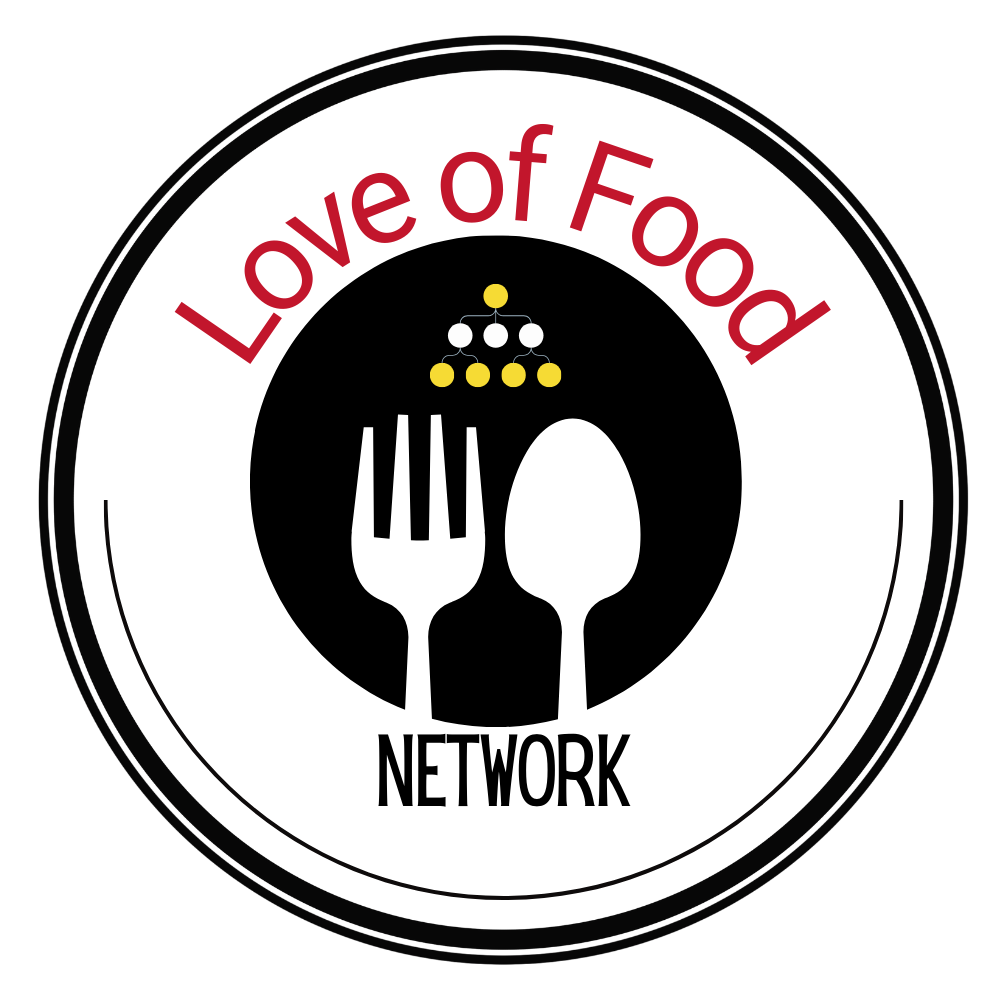Back to: Food Safety 101
Foodborne Illness (aka food poisoning) can be attributed to a viral, parasitic, or bacterial source. If you have ever suspected you had food poisoning, you will know that it is not a pleasant experience. The symptoms of food poisoning usually include nausea, vomiting, stomach cramps, and diarrhea. They may be accompanied by a fever.

Food poisoning can develop over a few hours after ingesting a contaminated food or drink or even show up days later.
Although scientists have identified over 250 types of foodborne diseases there are some that are more common in our lives than others. For the purposes of this course we will focus on those that are most common. If you require more in-depth information, a great place to start is the CDC.
- Norovirus (Virus)
- Adenovirus which is a group of virus known to cause pink eye, sore throats, and other respiratory issues (Virus)
- Hepatitis (Viral)
- Salmonella (Bacteria)
- Clostridium Perfringens (Bacteria)
- Campylobacter (Bacteria)
- Staphylococcus Aureus aka Staph (Bacteria)
- Giardia (Parasites)
The Following are the more dangerous types of bacterial foodborne illness:
- Clostridium botulinum known as botulism (Bacterial)
- Listeria (Bacteria)
- Escherichia coli known as E. coli (Bacteria)
- Vibrio (Bacteria)
Especially Dangerous Foods to In the Germ World
Most people think of poultry and seafood when it comes to safe handling. While these are two food groups that we want to be cognizant of, there are two other seemingly innocent foods that you may not be aware of.


Rice and Potatoes are very starchy foods that some spore producing bacteria love. Those starchy environments, combined with other seemingly innocent factors, will produce bacterial spores. What does that mean? Some bacteria can survive conditions such as high or low temperatures and while they are not themselves in an active state, they will produce bacterial spores that can multiply very quickly. These spore producing bacteria are:
- Clostridium Perfringens
- Clostridium Botulinum
- Bacillus Cereus
You may recognize Clostridium Perfringens from the common list of bacteria and Clostridium Botulinum from the very dangerous list.
The next time you think of leaving rice or potatoes out on the counter cooling or decide to reheat them after being cooled, remember those spores and make sure you handle these foods safely. We will cover safe food handling in an upcoming lesson.

